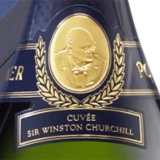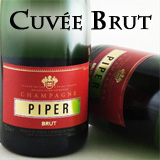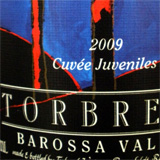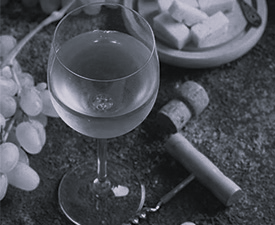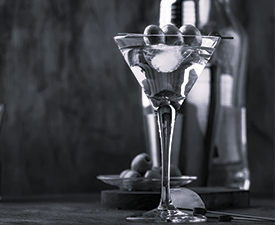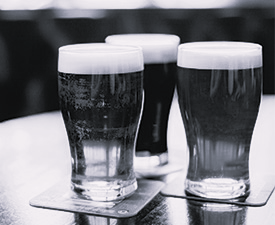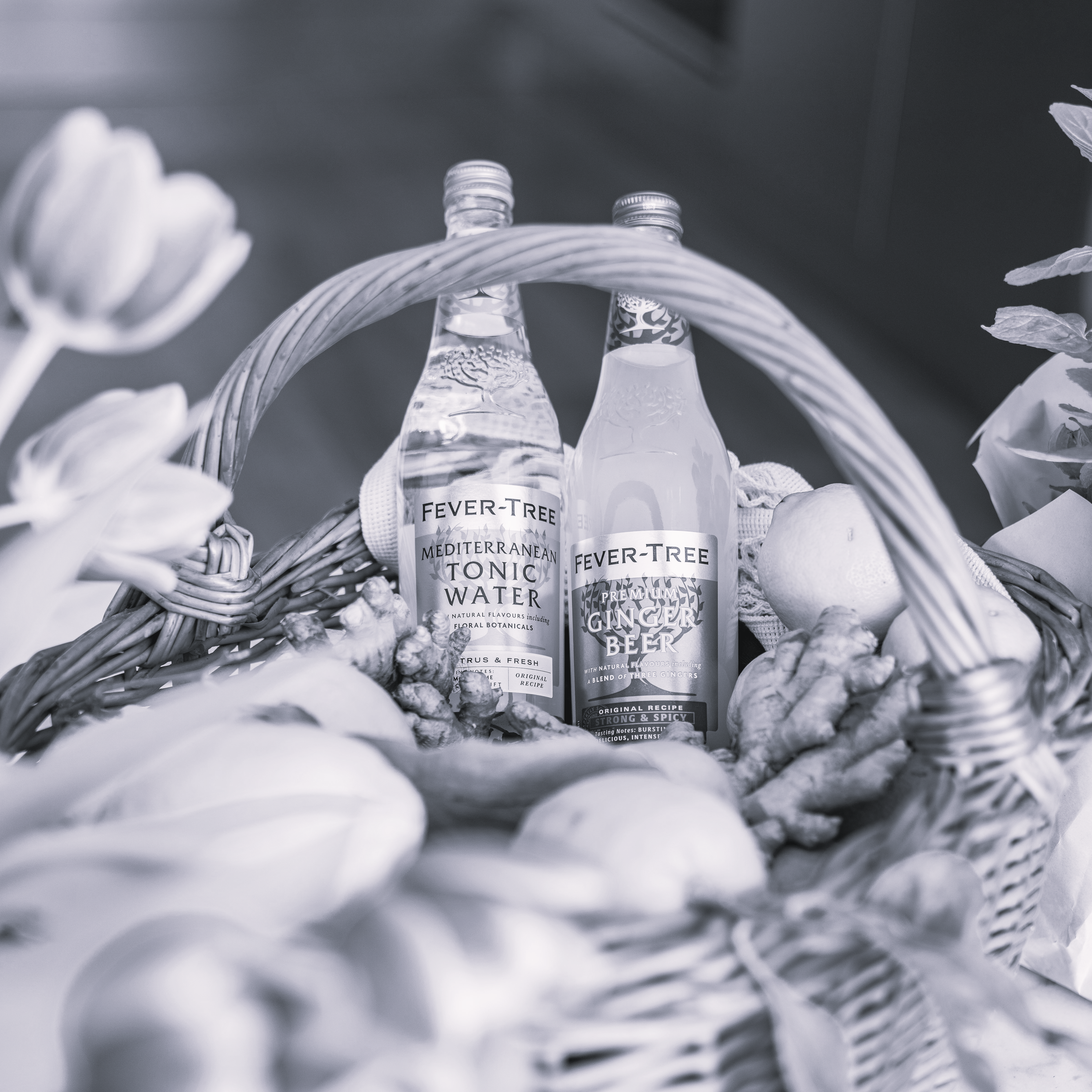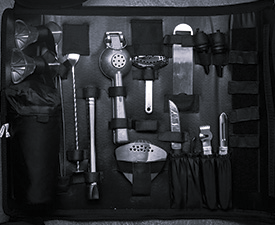Cuvee is a French wine term derived from 'cuve', meaning vat or tank, though the term cuvee is used with several different meanings. On a wine label - it is used to denote a wine of a specific blend or batch. Since the usage of the term cuvee for this purpose is unregulated, and most wines will have been stored in a tank at some stage in their production.
It should be noted that the presence of the word cuvee on a label of an unknown producer is no absolute guarantee of its superior quality. However, in the range of wines from a renowned producer who markets both regular blends and blends called 'cuvee', the cuvee-labeled wines will usually be special blends or selected barrels of higher quality, at least in comparison to that producer's regular wine(s). Particularly terms like 'cuvee speciale', or 'tete de cuvee' (the latter especially in Sauternes AOC) should indicate a wine of higher quality.
Some wine producers differentiate higher-quality over ordinary cuvees as: 'reserve wines', while a cuvee lower in quality than the parent/main wine is referred to as a 'second wine'. A cuvee wine may also be numbered, indicating that the winemaker assigned a unique number to that blend.
In some regions, the term cuvee is used to specifically indicate a blend, i.e. a wine produced from a mixture of several grape varieties, rather than a single varietal wine. This is especially true in wine regions outside of France.
In Champagne and sometimes in other regions producing sparkling wines by; 'Methode Traditionnelle', the cuvee also refers to the best grape juice from the gentle pressing of the grapes (called the first pressing). In Champagne, the cuvee is the first 2,050 litres of grape juice from 4,000 kg of grapes ('premier taille' - first tail), while the following 500 litres are known as the 'deuxieme taille' (second tail), and the juice due to the extra skin contact will make wines with a more coarse character. Many Champagne producers pride themselves on only using the cuvee in their sparkling wine.
